At the under eight in Starkville, Tennessee led 50-49. The Vols got five straight points from Zakai Zeigler, then traded four consecutive threes with Mississippi State in a wild sequence. The last of them, an open look from Josiah-Jordan James, put Tennessee up 61-55 with 4:34 to play.
Fun moments followed: a contested three from Olivier Nkamhoua, an alley-oop to Jonas Aidoo. But the constant, even with two guards down and Uros Plavsic nursing a turned ankle, remains defense: Mississippi State didn’t hit a shot for three and a half minutes. Their lone bucket in the final 4:34 was already too late, and Tennessee pulled away for a 70-59 win.
The second half three point shooting gets the headlines, and rightfully so. But as for what’s repeatable – assuming 8-for-9 from the arc is asking a little much – I continue to be drawn to the different things the Vols can do with their lineups, both by force and by choice.
Last year, Rick Barnes increased the size of his rotation. Eight-man groups in 2019 and 2020 gave way to a glorified seven-man rotation in 2021, one quickly undone by foul trouble. So in 2022, the Vols went ten deep:
2022 Rotation
- 29-31 minutes: Vescovi, Chandler, Josiah
- 22 minutes: Zeigler, Fulky, Nkamhoua
- 13-14 minutes: Powell, Plavsic, BHH
- 10 minutes: Bailey
There’s some fluidity in there with Olivier going down on February 5. Jonas Aidoo stepped in and finished the season at around eight minutes per game. The day before Nkamhoua’s injury, we looked at some of these numbers and noted the different closing lineups the Vols were putting on the floor. But it was easier to define what represented Tennessee’s best basketball down the stretch, especially when it involved a one-and-done point guard. Against Kentucky in the SEC Tournament, the Vols closed with the three point guard group of Chandler, Vescovi, Zeigler, with Josiah at the four and John Fulkerson. Brandon Huntley-Hatfield was also really important in the second half of this game; he and Fulky both played 22 minutes.
That same group was on the floor down the stretch against Michigan; Vescovi, Chandler, and Josiah all played 37-38 minutes in that one. So clearly, no matter the size of the rotation, the Vols knew who their very best guys were, and weren’t afraid to deviate to give them more action when it mattered most.
How does that look for the current squad?
2023 Rotation (to date)
- 32 minutes: Vescovi
- 26-29 minutes: Zeigler, Phillips, Key, Nkamhoua
- 21 minutes: Josiah
- 16-18 minutes: Aidoo, Mashack, Plavsic
- 8 minutes: Awaka
This ten-man group is obviously plus or minus Josiah’s minutes, who played 28 against Kentucky then 34 last night in Starkville. That’s a great sign.
Against Kentucky, the Vols closed with Vescovi, Zakai, Josiah, and Uros, who was having a career night. The Vols also used Olivier Nkamhoua and Tyreke Key down the stretch, creating the potential for small-ball lineups to again close it out for the Vols.
I’m curious to see if Julian Phillips can work his way into the final five, especially as we progress toward March. He only played 18 minutes against Kentucky, but went for 37 in Starkville and 26-29 in every other SEC game.
The Vols have clear flexibility for the second year in a row, and clearly enough to get a big win in Starkville when they were suddenly down to seven guys late. I’m curious to see how a closing time lineup might develop as we move into the middle of the SEC schedule. The Vols are at LSU on Saturday before hosting Georgia next Wednesday. The three game stretch that follows – Texas, at Florida, Auburn – should be the most difficult of the season so far. Will we see lineups begin to solidify? How will an already impressive rotation sharpen its skills against tougher competition?
Go Vols.
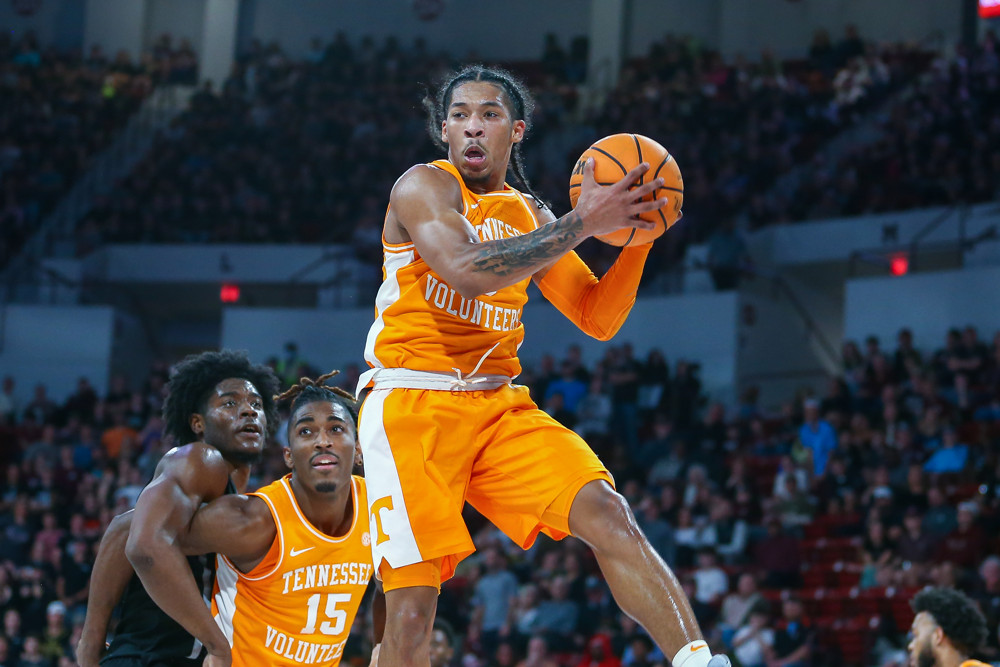
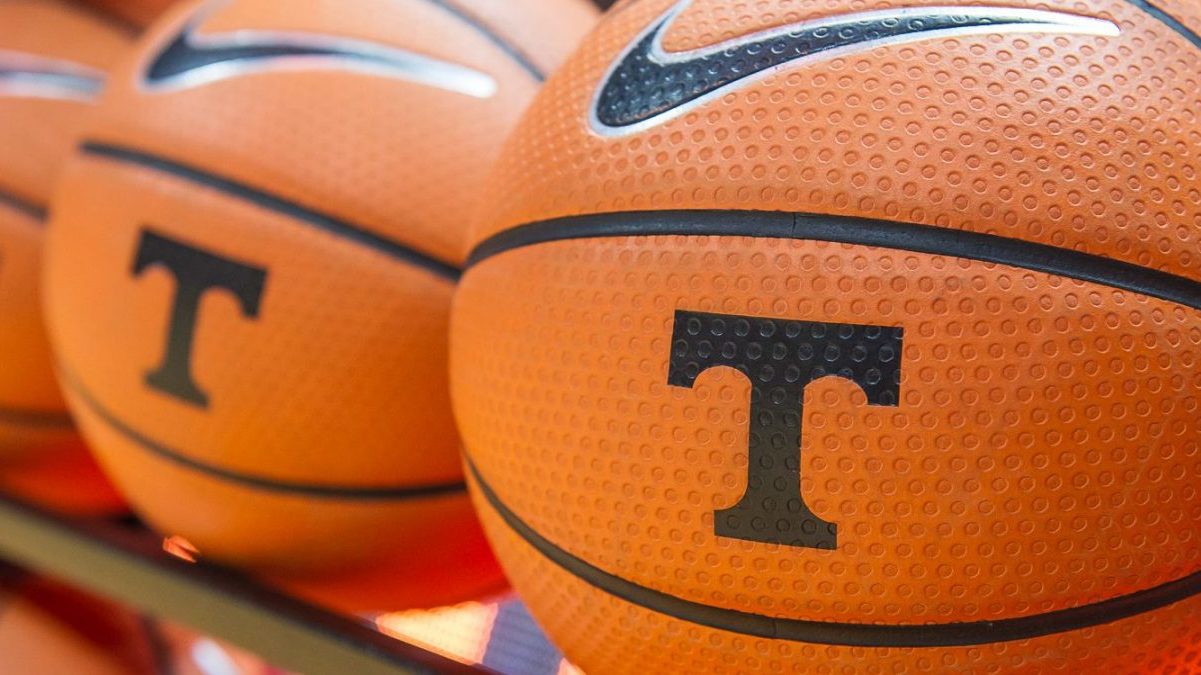
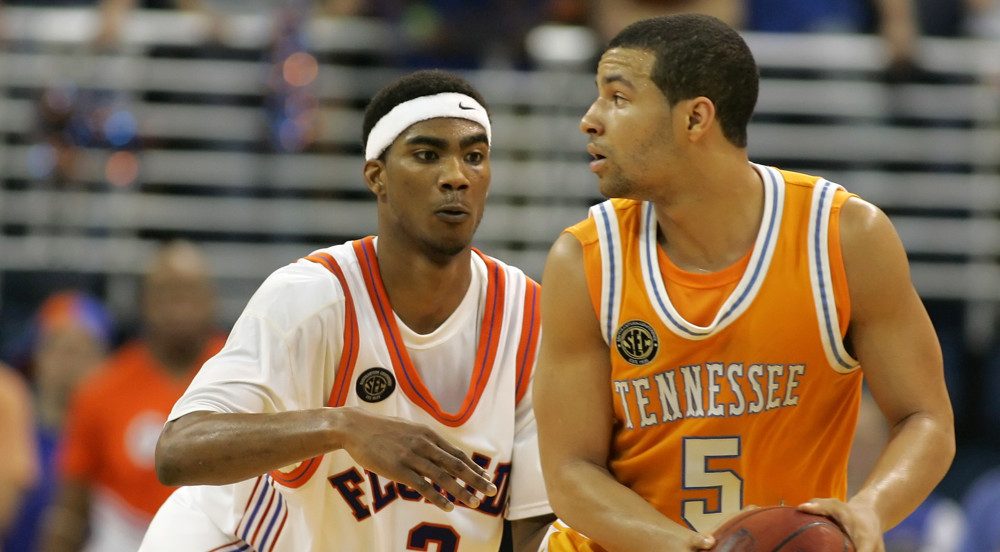
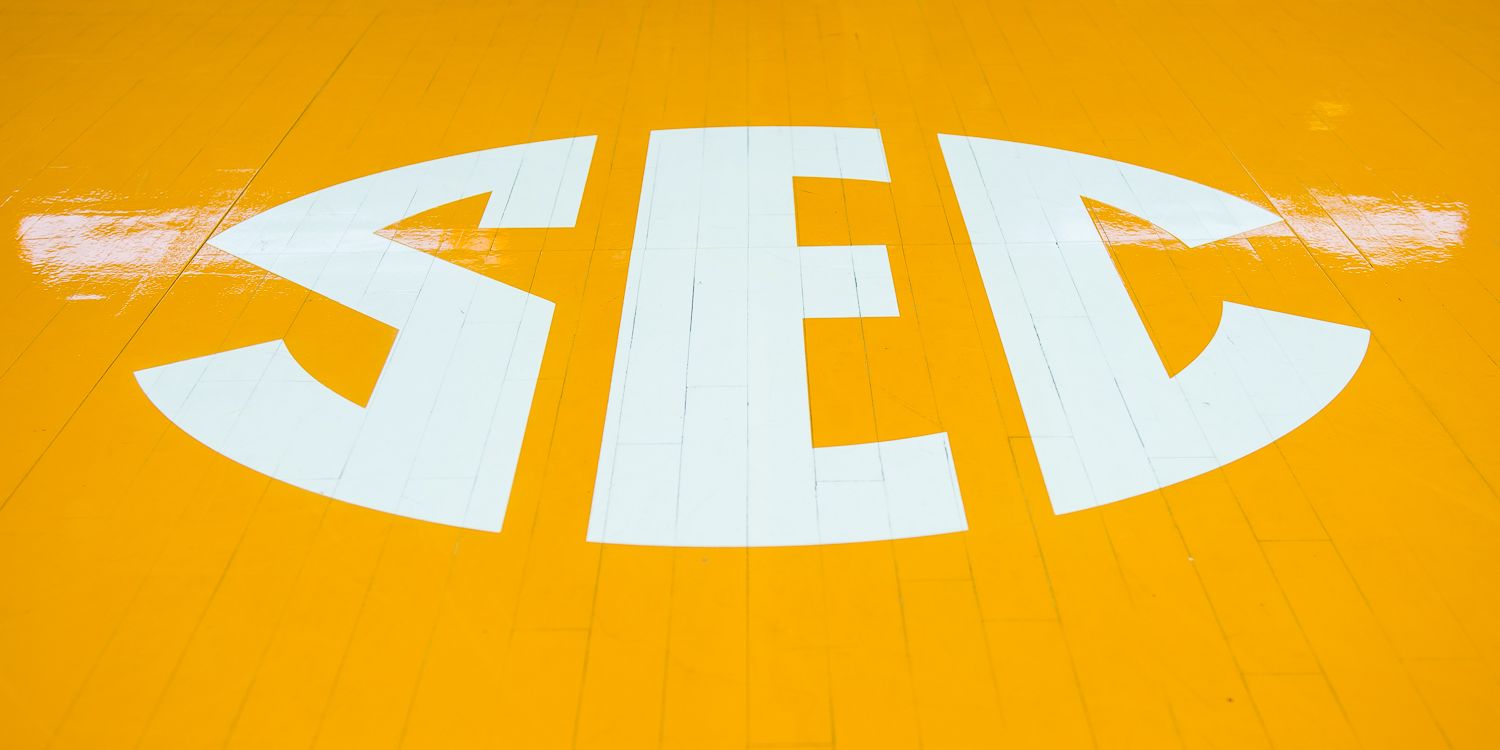
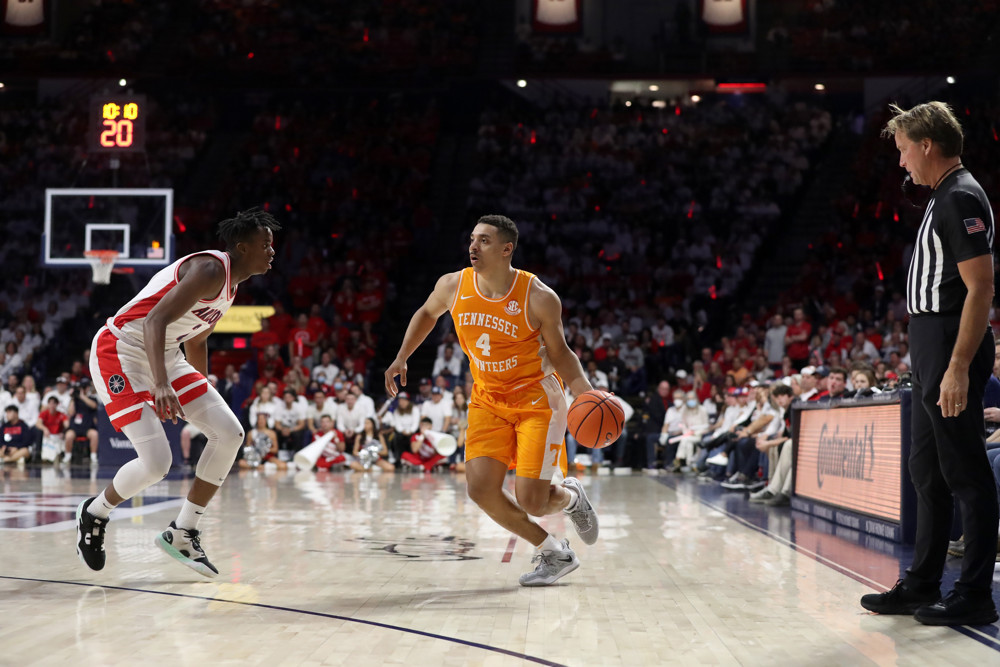
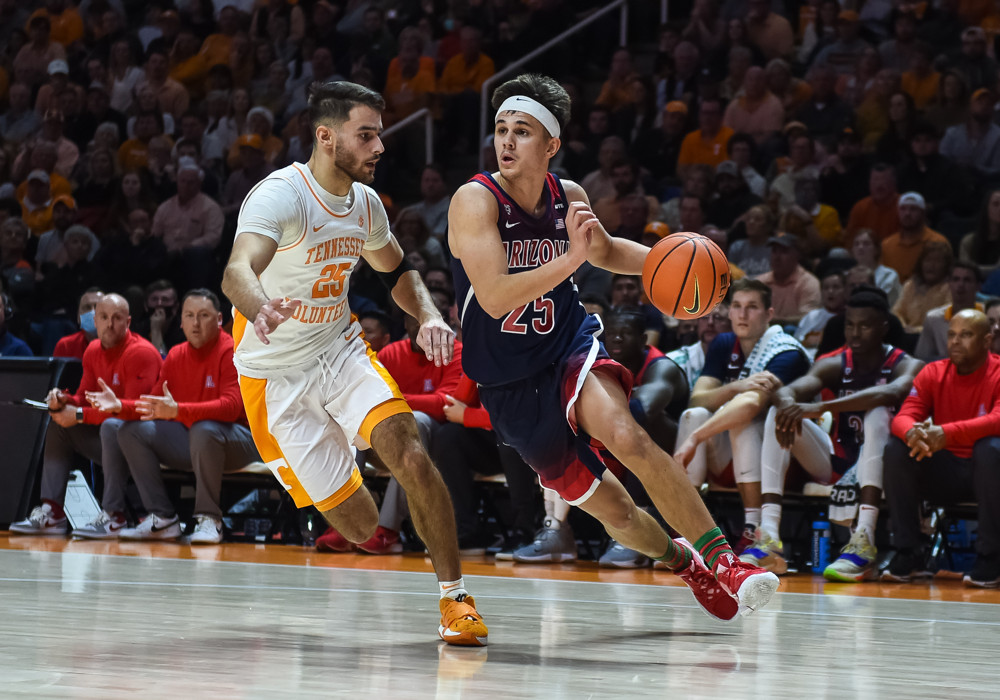


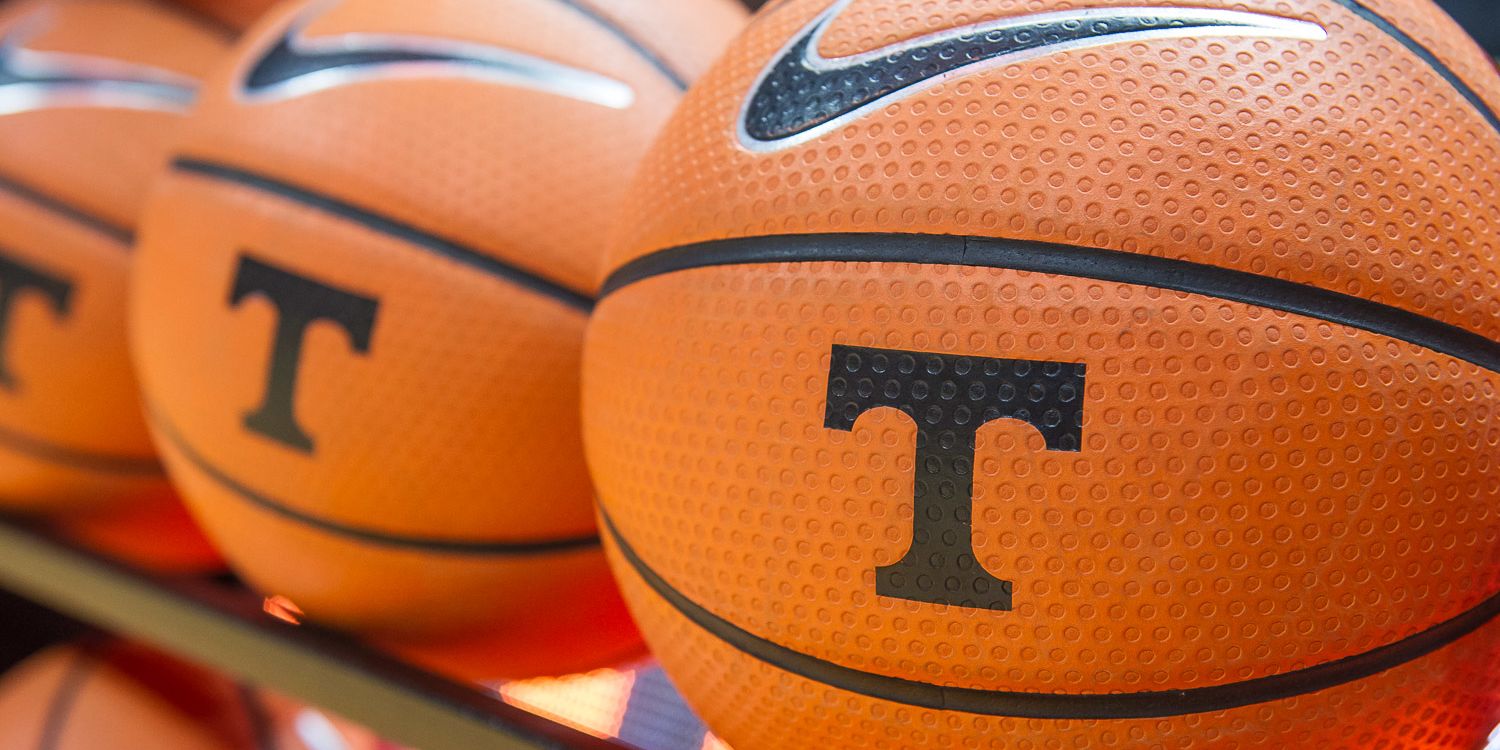
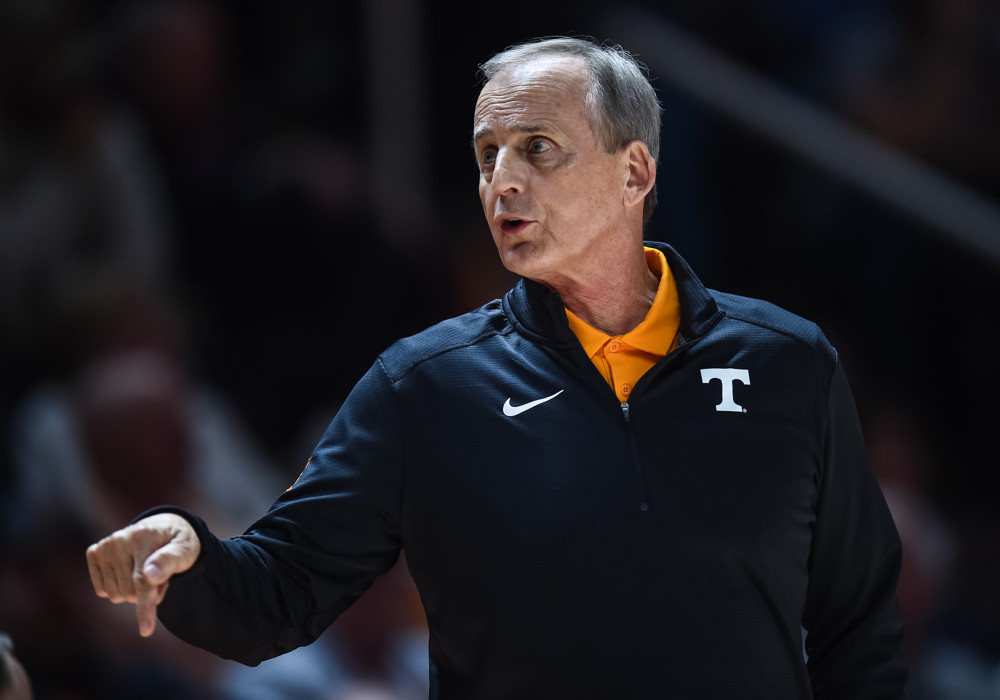
You must be logged in to post a comment.